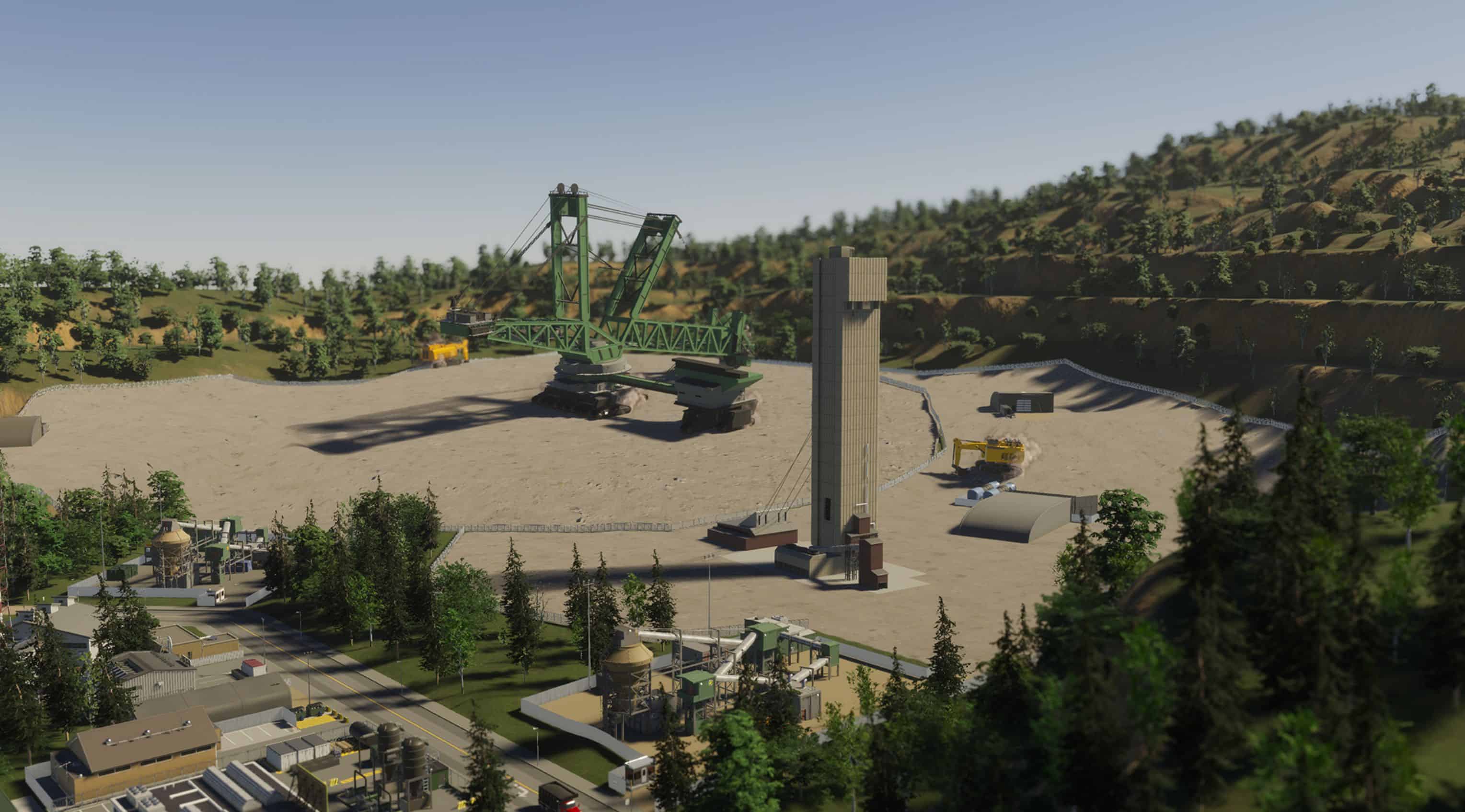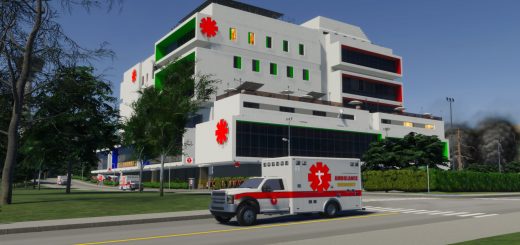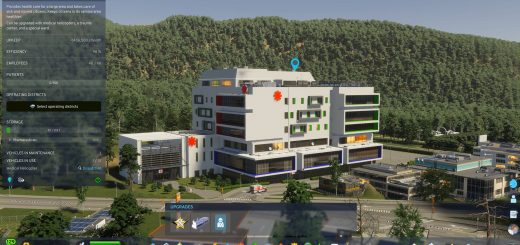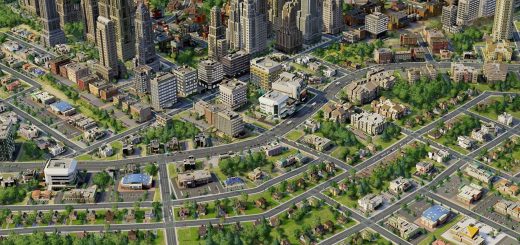Cities Skylines 2: Production
A pivotal component of a city’s economic infrastructure is its production line. The intricacies of modulating this chain introduces a nuanced layer to the game’s economic simulation. While the production line is structured to operate seamlessly without excessive intervention, avid players can choose to immerse themselves in its detailed mechanics. Spanning from raw material extraction to industry specialization, players possess the leeway to modify any phase of the progression. Industries producing identical resources benefit from an efficiency bonus due to specialization.
EXTRACTION
Incorporating raw materials into the city’s economy necessitates either local production via Specialized Industry Areas or external imports. While a robust cargo transport system streamlines imports, local extraction not only augments the city’s income through taxation but also amplifies the profits of involved enterprises.
To earmark an extraction zone, utilize the Specialized Industry Area tool, which activates upon positioning a specialized industry hub edifice. This tool echoes the functionality of the District Tool, referenced in City Services, permitting users to demarcate areas by setting corner points that complete a loop. Although the edifice’s placement initiates a predefined area, players can extend its boundaries, ensuring it remains within the edifice’s operational radius. This infrastructure then autonomously sources resources from the designated zone. Should the extraction exceed the city’s demand, surplus resources are directed towards Outside Connections for sale. Optimal cargo transportation facilities are essential not only to enhance the city’s traffic dynamics but also to diminish transportation expenditures for businesses.
A harmonious balance between resource production and consumption augments a city’s economic vitality. Surplus production neither benefits the city nor the corporate entities. When a resource overflows, it is typically exported via Outside Connections. But this entails transportation expenses; the further the resource travels from the city, the more it costs. Consequently, this diminishes a company’s profit margin. A significant dearth in resource production propels companies to import from Outside Connections. This not only introduces added transportation expenses but can also congest roadways, impeding efficient resource delivery. Such costs invariably dent the profitability of firms.
RESOURCE JOURNEY
Zoned industries rely on resources either procured from Outside Connections or sourced within the city’s Specialized Industry Area. These resources, once in the hands of industrial entities, metamorphose into Material Goods. These goods can either undergo further refinement by manufacturing entities, get exported, or be purchased by Commercial Companies. Moreover, Offices, with a distinct operational blueprint, primarily yield Immaterial Goods, necessitating a highly educated workforce and resources from other office entities or external sources.
AND THEIR CONSUMER DESTINATION
The culmination of the production lineage sees all goods and resources channelized to the ultimate consumers – city households or Outside Connections. Commercial firms, positioned at this endpoint, repurpose the procured goods into purchasable products catering to households’ essential and leisure needs.
DYNAMICS OF RESOURCE PRODUCTION
Delving briefly into the mechanics of the simulation, we touch upon resource pricing and attributes. Rooted in the realities of urban logistics and functionality, the gameplay subtly integrates real-world dynamics, even if not overtly displayed. Essential parameters include resource price, weight, and spatial considerations.
Price delineates a resource unit’s monetary value, determining the volume a household can acquire during restocking. While the resource’s price remains static, its availability influences transportation costs and, subsequently, corporate profit margins.
Weight symbolically represents the resource’s physical heft, influencing its transportation outlay. For instance, light resources such as Pharmaceuticals attract minimal transportation charges, whereas denser ones like Stone or Steel necessitate higher costs. It’s ideal for weighty resources to be locally produced, curbing excessive transportation charges. If transportation becomes essential, leveraging ship or train connections significantly trims down costs.
Space dictates a resource’s profit potential. Resources demanding expansive manufacturing zones typically gravitate towards low land value regions, optimizing profit yields.
ILLUSTRATION: A MINERAL FACTORY
Predominantly, the factory’s operational costs pivot around its primary input: stone. Given stone’s ubiquity yet significant weight, transportation costs often form a sizeable chunk. Therefore, proximity to stone quarries is desirable. Coupled with its expansive structure, it’s likely to seek regions with modest land prices. Predominantly employing semi-skilled labor, its wage expenses are considerable. Additionally, it incurs water and electricity expenses, contingent on player-set prices. Revenue streams emanate from selling its outputs locally or exports, with the latter incurring transportation expenses. Residual profits undergo player-driven taxation or, alternatively, might receive subsidies to amplify local mineral production.






